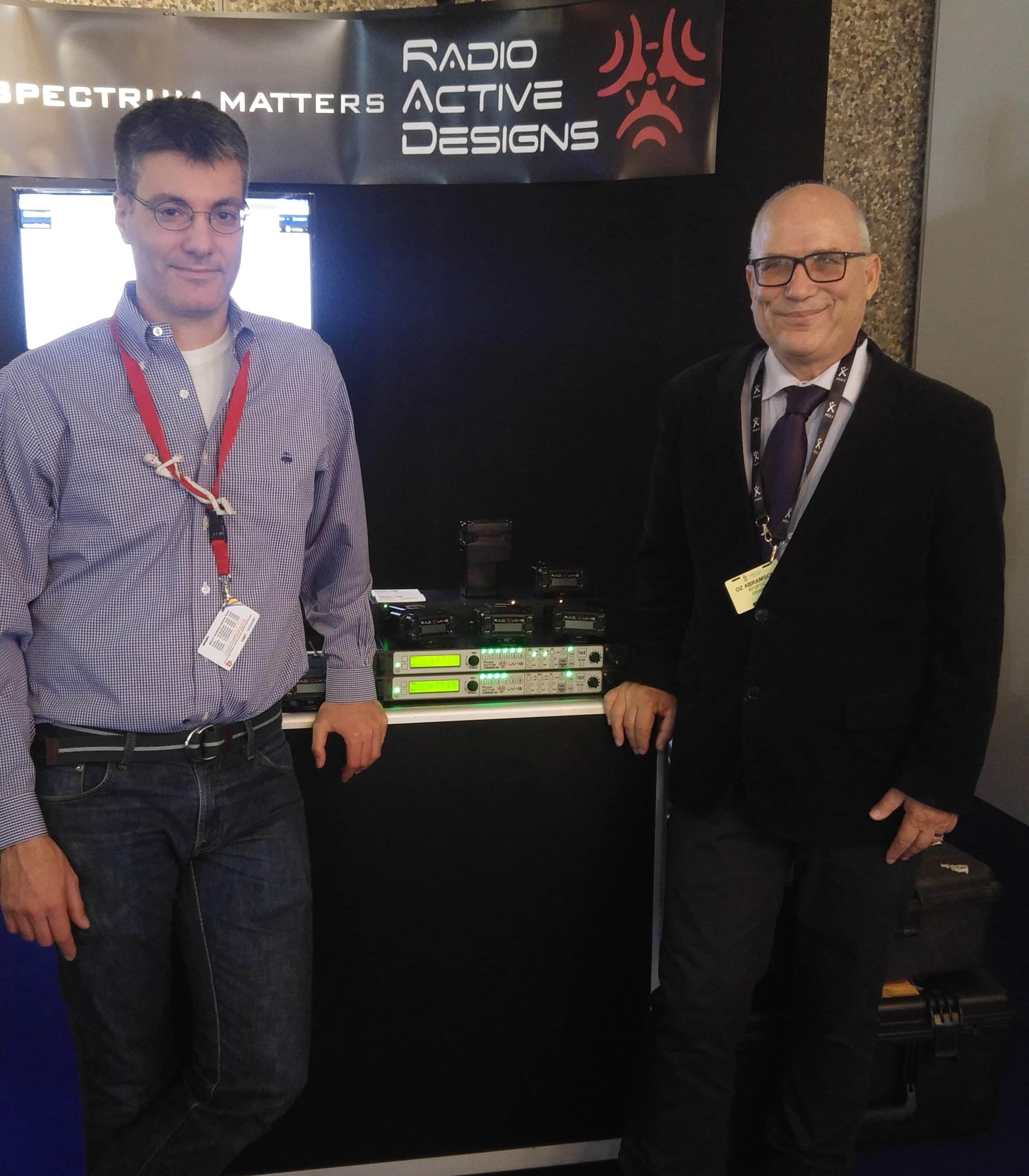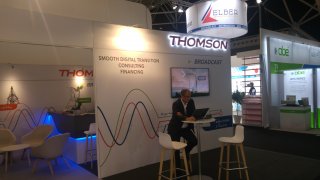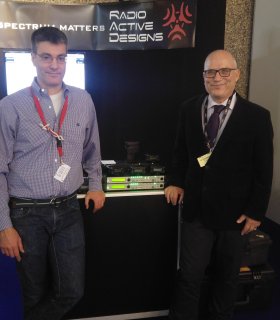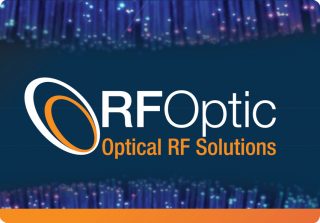 RFOptic is a leading provider and vendor of RF over Fiber (RFoF) and Optical Delay Line (ODL) solutions as well as embedded RF Optical solutions for OEM customers in the telecommunications, aerospace & defense, broadcasting, and infrastructure industries.
RFOptic is a leading provider and vendor of RF over Fiber (RFoF) and Optical Delay Line (ODL) solutions as well as embedded RF Optical solutions for OEM customers in the telecommunications, aerospace & defense, broadcasting, and infrastructure industries.
RFOptic is known for its RFoF links, multi-link / multi-channel RFoF systems and subsystems to meet customer requirements, including diverse enclosures (indoor and outdoor), and supporting multiple RFoF links with monitoring and management capabilities. RFOptic’s RF over Fiber solutions offer the best cost performance ratio, featuring noise figure of 5dB and gain link of around 40dB.
The programmable low frequency RF over Fiber units (0.5MHz to 6GHz) are based on direct modulation. The MiniQ High SFDR series indirect modulation product family supports applications from 10MHz to 40GHz with low noise and high spurious-free dynamic range (SFDR). RFOptic’s Optical Delay Line solutions are available as “fixed” ODL with up to 8 predefined time delay values in a single unit, or as “variable” supporting up to 255 delay states. All Optical Delay Lines feature delays of up to 250 μsec (>250 μsec upon request) while maintaining excellent performance. Customers can add RFoF functionality with RFOptic’s compact OEM board for high volume requests. The company’s unique software communicates with our programmable RFoF units, offering you unparalleled flexibility for you RFoF or ODL deployments.
In addition, RFOptic also develops, integrates, and delivers the most cost-effective and state-of-the-art product development of mixed microwave and optical solutions to companies worldwide. The company’s extensive experience and know-how overcomes the technological challenges which customers face, from original concept up to production.
The procedure for customized solution consists of 5 steps from request to implementation:
- Getting the requirements from the customer
- Building the concept
- Defining the specifications and setting the budget
- Building a proof of concept for approval
- Going into serial production
For more information, download our corporate brochure or please contact us.

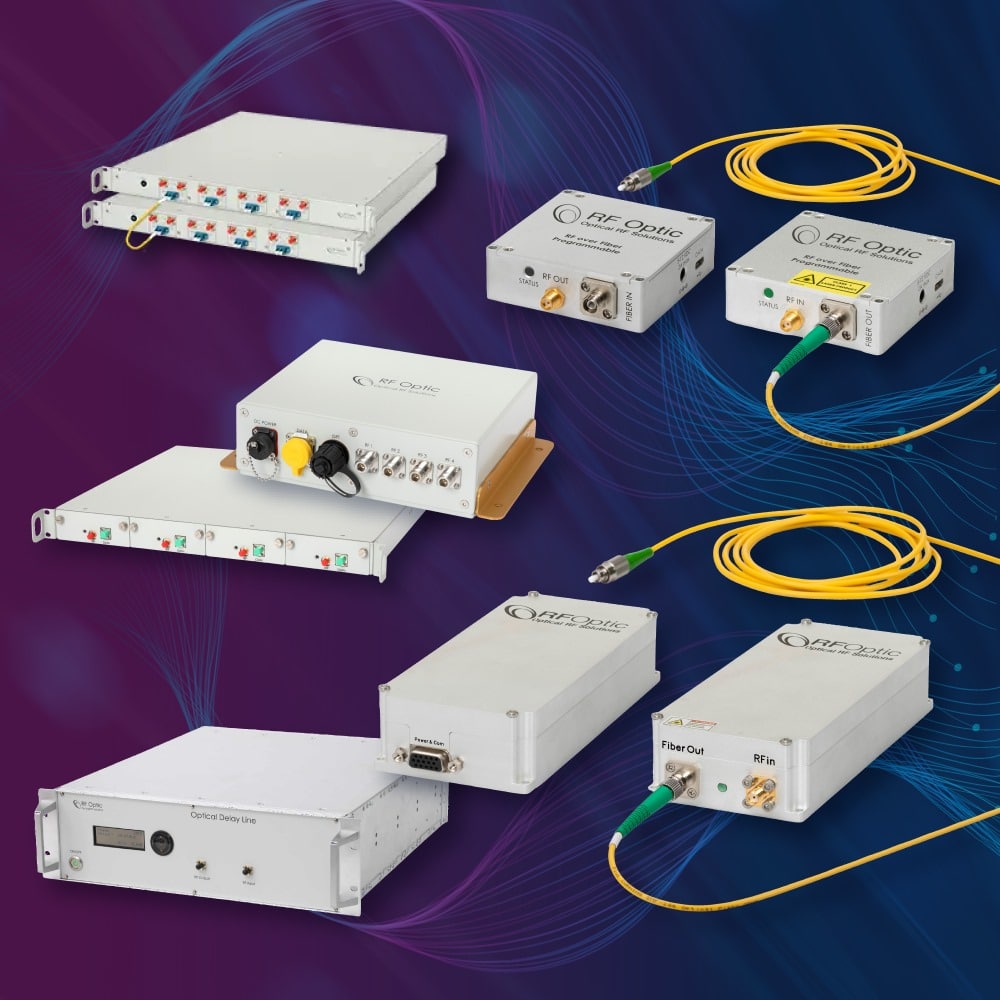

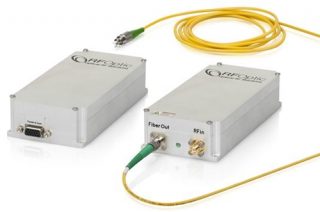 At the request of customers, RFOptic has now launched 12GHz, 18GHz, 20GHz, 30GHz, and 40GHz
At the request of customers, RFOptic has now launched 12GHz, 18GHz, 20GHz, 30GHz, and 40GHz 

